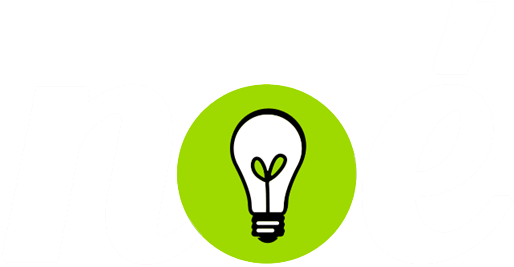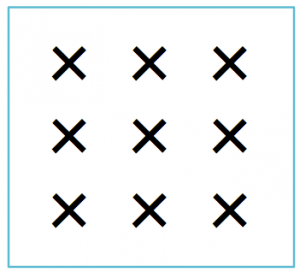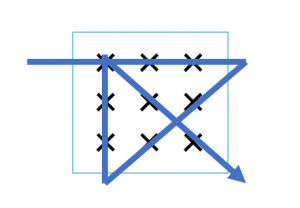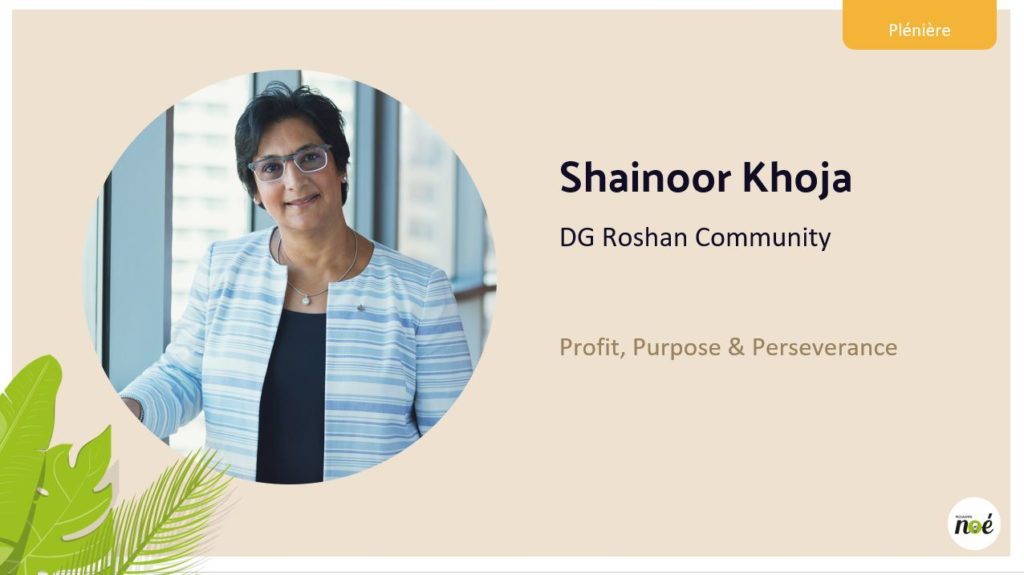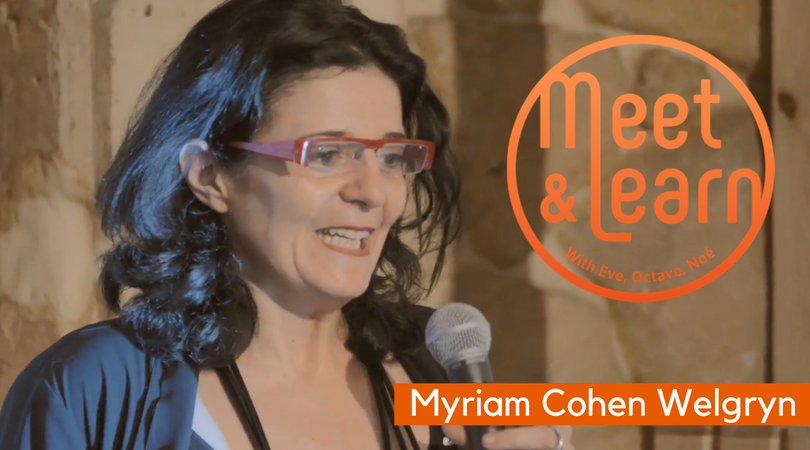“Thinking outside the box”: why and how?
A brain-teaser to tease out your creativity
One of the entries in Sam Loyd’s Cyclopedia of Puzzles in 1914, which was then attributed to Henry Dudeney in 1951, has long been used by the Walt Disney Company to encourage its employees to think “outside the box”. The solution to this problem involves literally going outside the box, and beyond the confining framework of your beliefs and external constraints and looking at the question from a different angle.
Thinking outside the box means tackling an issue from a new angle. When it comes to innovation, this approach is essential, but how do we find our way beyond the status quo and discover those tantalizing new possibilities?
Can you connect these 9 crosses using just 4 lines, and without lifting your pen off the paper?
Answer: go outside the box!
What framework exactly?
In our Taylorian era, one in which humans are integrated into the production chain like actionable and functional cogs, a flock of sheep from Modern Times, we are generally not required to think. Our brains are on “automatic pilot”, in order to imitate robots, and assimilate the segmentation of occupations and functions as well as the control-validation culture of a pyramid-based organization.
The resulting standardization creates a “box” effect that is absorbed into people’s minds: we begin internalizing the rigidity of the structure and the social control that preserves it, and external authorities no longer need to apply force if they want us to defer to processes and defend their legitimacy. While this approach is relatively efficient in managing a reliable production line, it certainly doesn’t make for a rich and creative environment!
Reaching outside the box
Since the 1960s, the established framework has been challenged by the sociocultural transformation of the West, which now advocates a culture of personal fulfillment. The psychological benefits of autonomous thought are clear, they improve well-being and encourage commitment.
The economic needs of a saturated market then reinforce this vital need to innovate. To survive and navigate on the blue oceans of continuous growth, companies are now allowing their employees to explore their individual creativity.
As a major factor for success, creativity has now become one of the top three key skills identified by the World Economic Forum that are required to meet the challenges our century is expected to face. In fact, the digitalization of our world profoundly disrupts organizations and their ecosystems, even to the point of blowing up the environmental framework, while the interior framework is still a slave to the indoctrination of rigid structures.
“Get out of the box”, a paradoxical order?
According to cognitive science specialist Edward de Bono, author of The Use of Lateral Thinking and other books on creativity, the brain’s primary function is to allow us to survive and adapt. It is therefore not “designed to produce new ideas that would result from taking a transversal path through established patterns”. If we can’t rely on our brain to produce new ideas, what can we do? Use a method of course! And there is certainly no lack of suggestions: random entry, harvesting, provocation and movement, and those are just the suggestions made by Bono himself.
Another paradox, which applies especially to companies, is the group dynamic. Despite their inherent diversity, groups tend to establish a majority norm from which it is difficult to escape. As Serge Moscovici points out in his work on active minorities, those who are in fact in the “minority” are actually the best placed to offer creative alternatives, because the established norm is in reality the least profitable. But how should they be given a voice, recognized or rewarded, when their suggestions are in reality what shakes up those very same established norms?
Lateral thinking is therefore a sort of paradoxical order: valued on the one hand, but creating doubt on the other, in that it requires a lot of resources and generates instability and conflict by the challenge it presents. According to researchers Ella Miron, Miriam Erez and Eitan Naveh, creative employees are also less rigorous, attentive and conscientious. The example of Albert Einstein, an undisputed creative genius, is excellent, because he was expelled from his high school at the age of 15 due to his rebellious attitude which had begun spreading among his classmates!
To think outside the box, there first needs to be a box!
With all their prescriptive limitations, frameworks are nevertheless essential to creative production. Without a framework, thoughts are scattered, whereas with a strict framework, the imagination can run at full throttle. A great example would be “La Disparition” by George Perec, a work spanning more than 300 pages in which the author never once uses the letter “e”, despite it being the most common in the French language!
Going beyond any emotional disposition to divergence, the issue isn’t so much about the existence of frameworks (we all need them), but about their limitations, and further still, how flexible these limitations are in terms of the extent to which each person takes part in their construction and metamorphosis.
What place is there in this framework for visionaries, with their disturbing ideas that don’t conform to the standard manufactured by the company? “Normality is a paved road”, said Vincent Van Gogh: “it is comfortable to walk, but no flowers grow on it”. The various forms of intrapreneurship, which by reshaping our relationship to work and classic innovation processes, are a response to this need to think “outside the box”, as are holacratic organization methods, internal coaching initiatives or the revaluation of extra-professional skills. Let’s take companies outside the box!
Valentine Poisson for the Noé Webmagazine.
Share this Post
